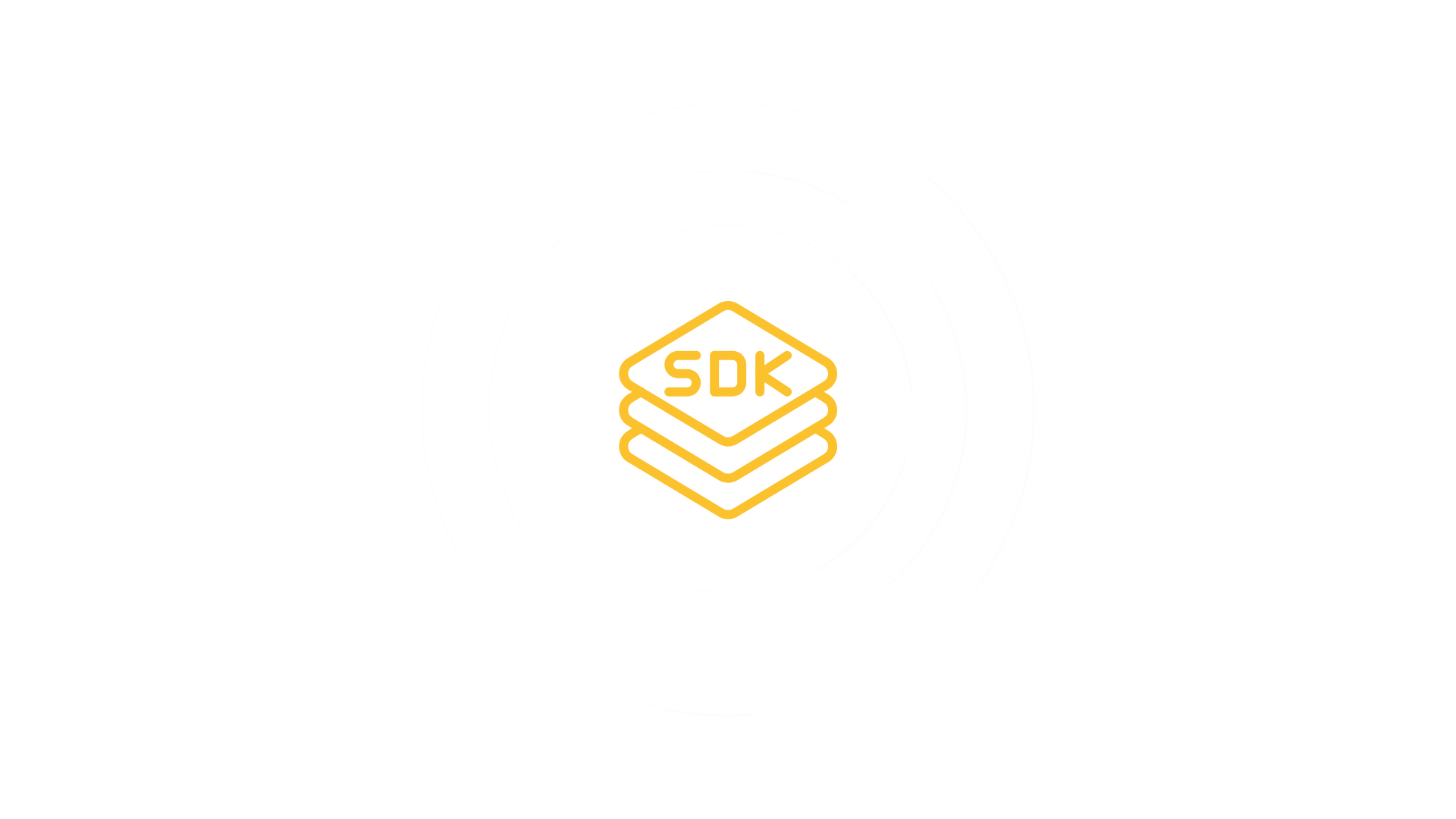
Aircast’s Proprietary Real-Time Transport

Our proprietary transport protocol moves live audio & video across massive
venues and global networks in ~300 ms safely, smoothly, and at scale.
THE FASTEST PATH FROM THE CAMERA TO THE FAN
Our proprietary transport protocol moves live audio & video across massive venues and global networks in ~300 ms safely, smoothly, and at scale.
LEGACY OTT
1-min > delay from segmenting and packaging, plus multi-CDN and conservative buffers.
Slower delivery, higher
latency, and lag.
Skips bulky packaging steps and trims buffers, enabling near instant glass-to-glass delivery.
Seamless playback, ultra-low latency, and no lag.
BROADCAST LOW-LATENCY AUDIO-VISUAL STREAMING PROTOCOL
WHAT IS IT?
BLAST isn’t just another streaming pipeline – it’s a purpose‑built transport protocol specifically engineered to make live content truly feel live. It seamlessly combines sub‑300‑ms latency with proven scalability, exceptional network agility, developer-friendly integration, rock‑solid reliability, and personalized features designed with the fan experience in mind.
how does it work?
BLAST is a low-latency transport protocol engineered for the realities of modern live: noisy RF, congested Wi-Fi, roaming devices, and multi-venue distribution. It minimizes the traditional encode→package→buffer chain so live truly feels live—everywhere. (Architecture diagram + latency comparison recommended.)
Aircast isn’t just a stand‑alone player, it’s a drop‑in development kit. In 2024 Aircast launched an SDK that lets broadcasters and partners plug BLAST technology directly into their own apps and digital properties. By integrating the SDK, you embed sub‑300 ms streaming, multi‑angle switching and real‑time engagement tools into your existing website, mobile app or in‑venue platform. There’s no need to deploy or download a separate Aircast application. Your fans stay in your branded environment while enjoying the same ultra‑low‑latency experience that powers major sporting events.
-
Contribution feeds (camera ISO, program, comms) come into the AIRCAST nodes.
-
Forward error correction techniques are specifically designed to detect and correct packet errors as well as data loss that occur during transmission. These methods enhance the reliability and integrity of data by adding redundancy, allowing the receiver to identify and fix errors without needing retransmission.
-
Aircast’s Low-latency framing combined with Forward Error Correction and adaptive pathing reliably deliver streams even over highly variable and unpredictable networks.
-
Uses the Multicast communication protocol on the local network to efficiently distribute data to multiple devices simultaneously, minimizing bandwidth usage and ensuring timely delivery across all connected endpoints.
-
A mechanism specifically designed to detect signs of network congestion and dynamically adjust the streaming bitrate in real-time, ensuring optimal video quality while minimizing interruptions.
-
SDKs offer seamless angle/audio switching with precise A/V sync via configurable client-side buffering. This allows for seamless rewind, pause, and resume functionality, significantly enhancing user control and overall playback experience. This feature ensures smoother video interactions by reducing interruptions and providing greater flexibility during media playback.





